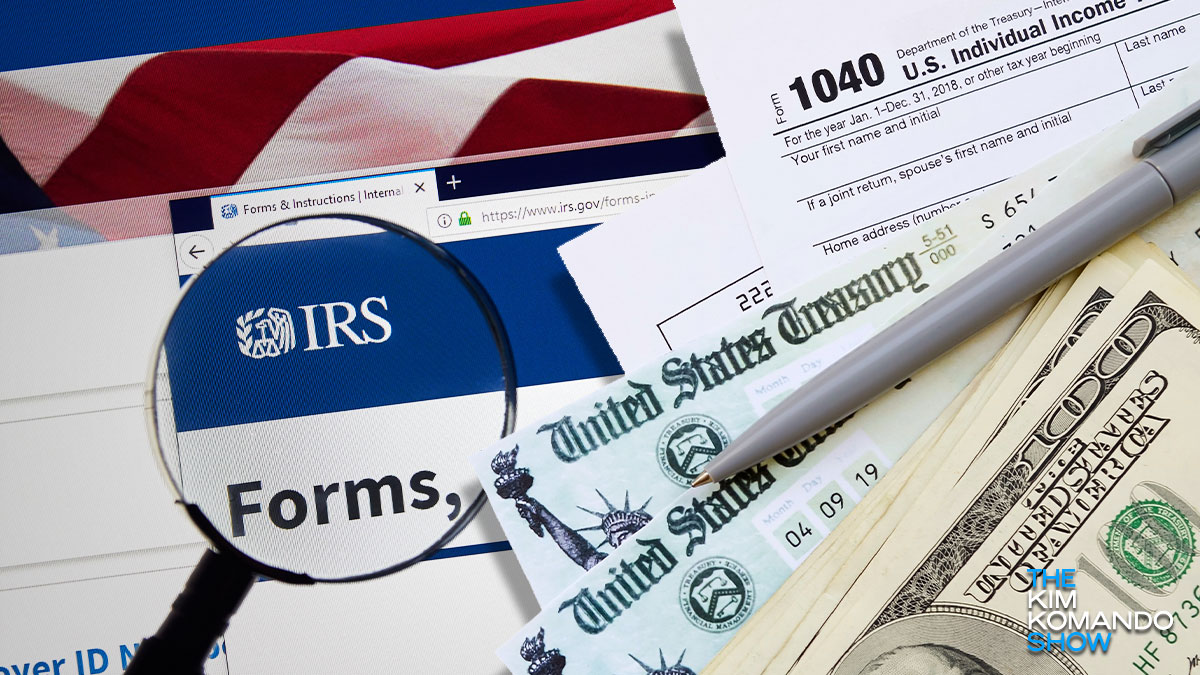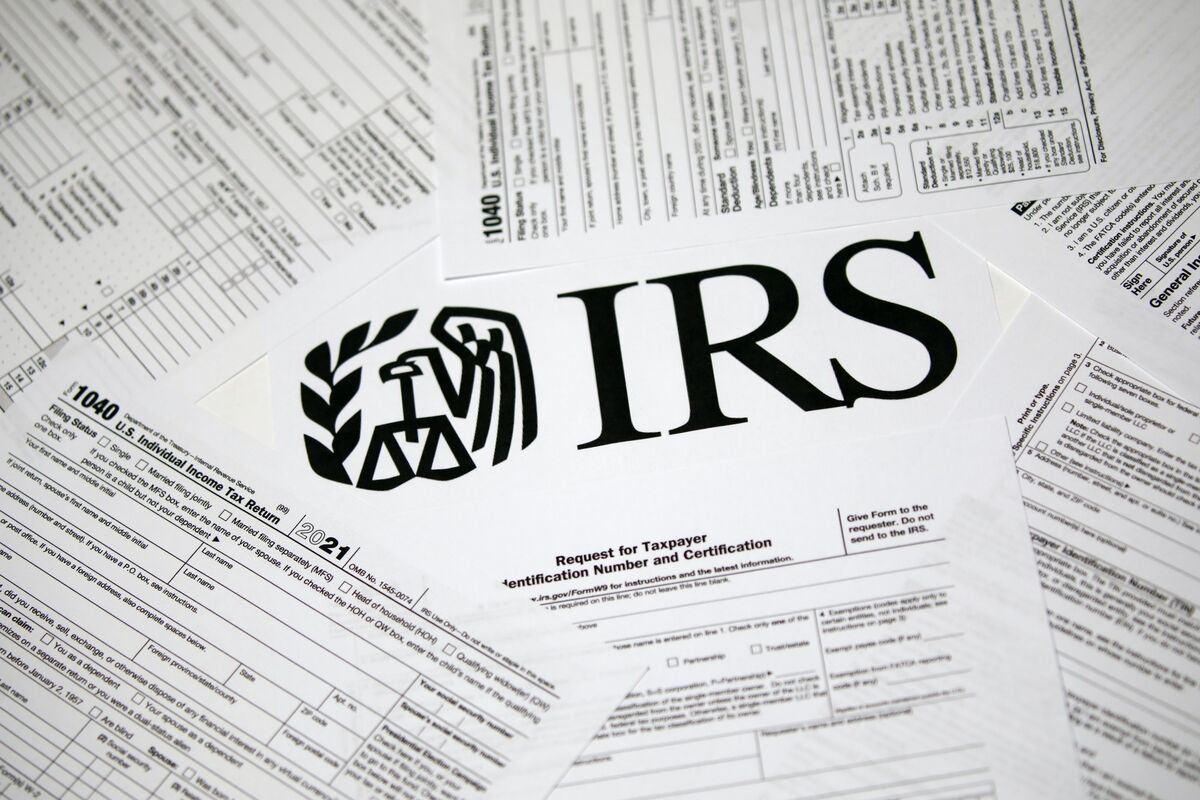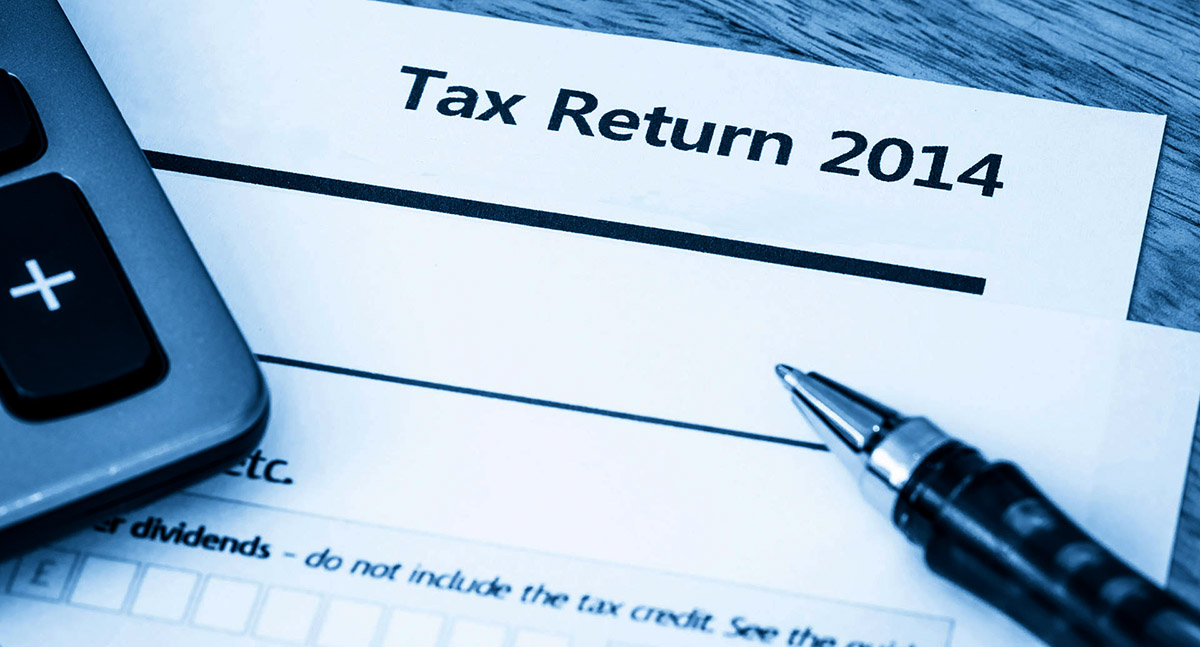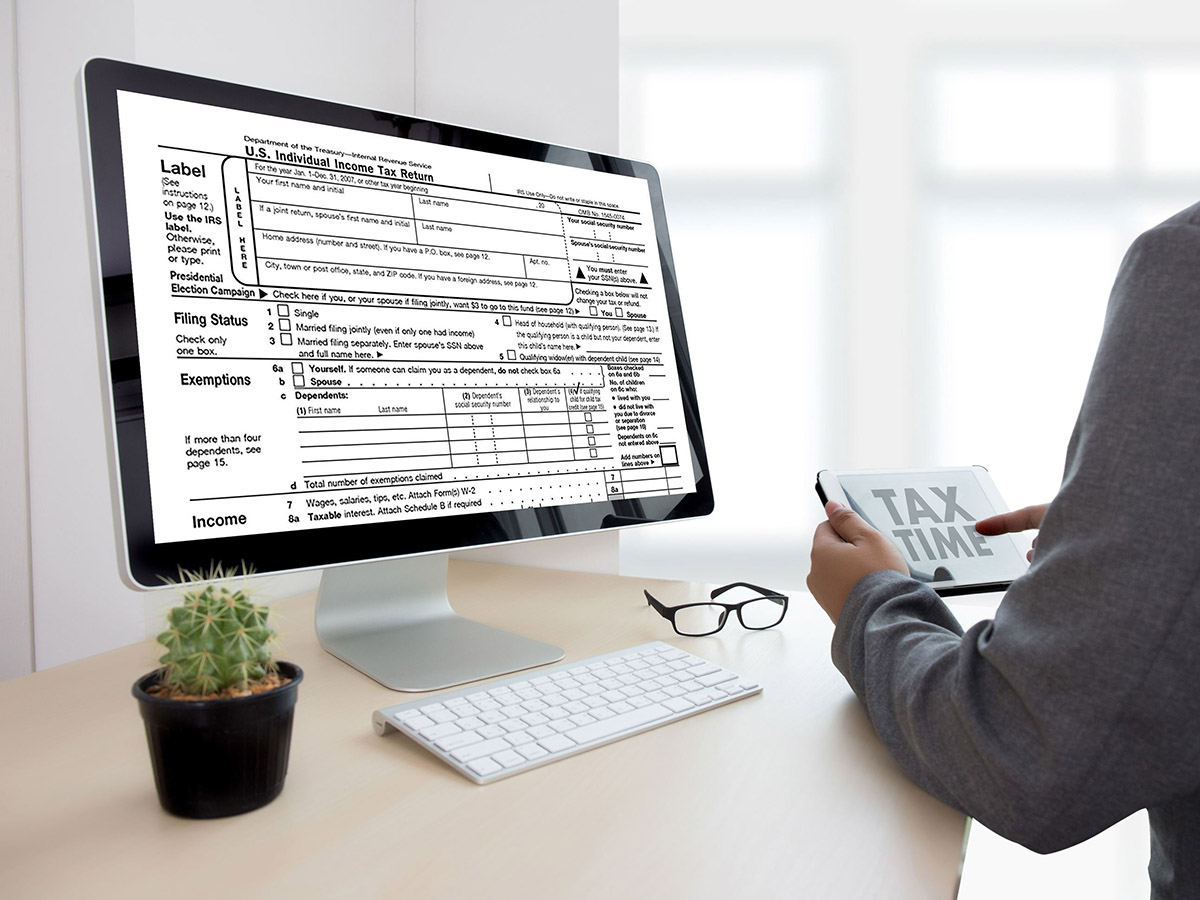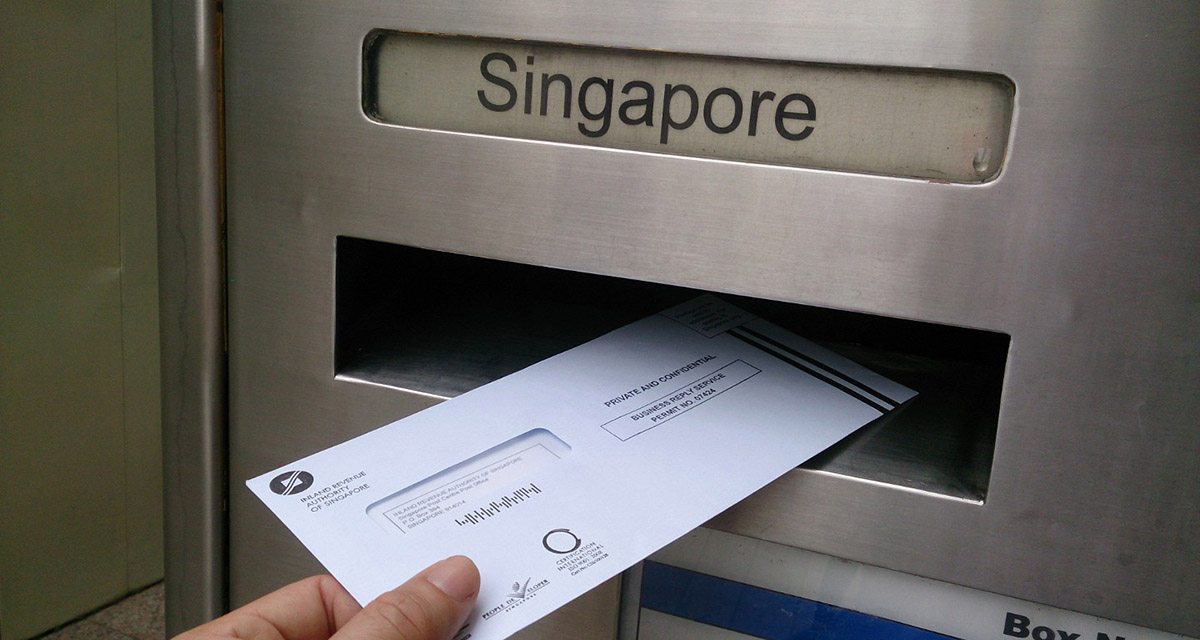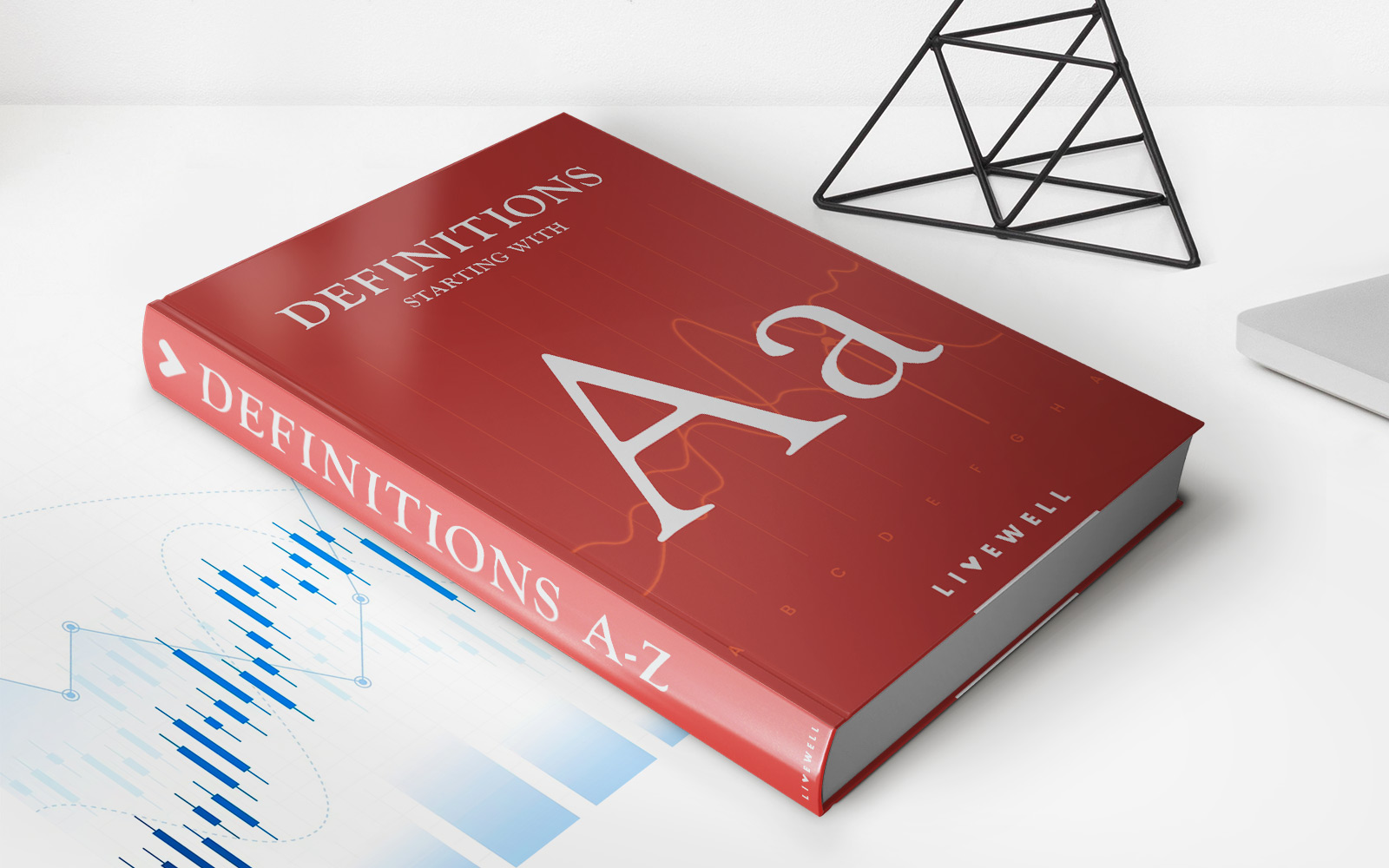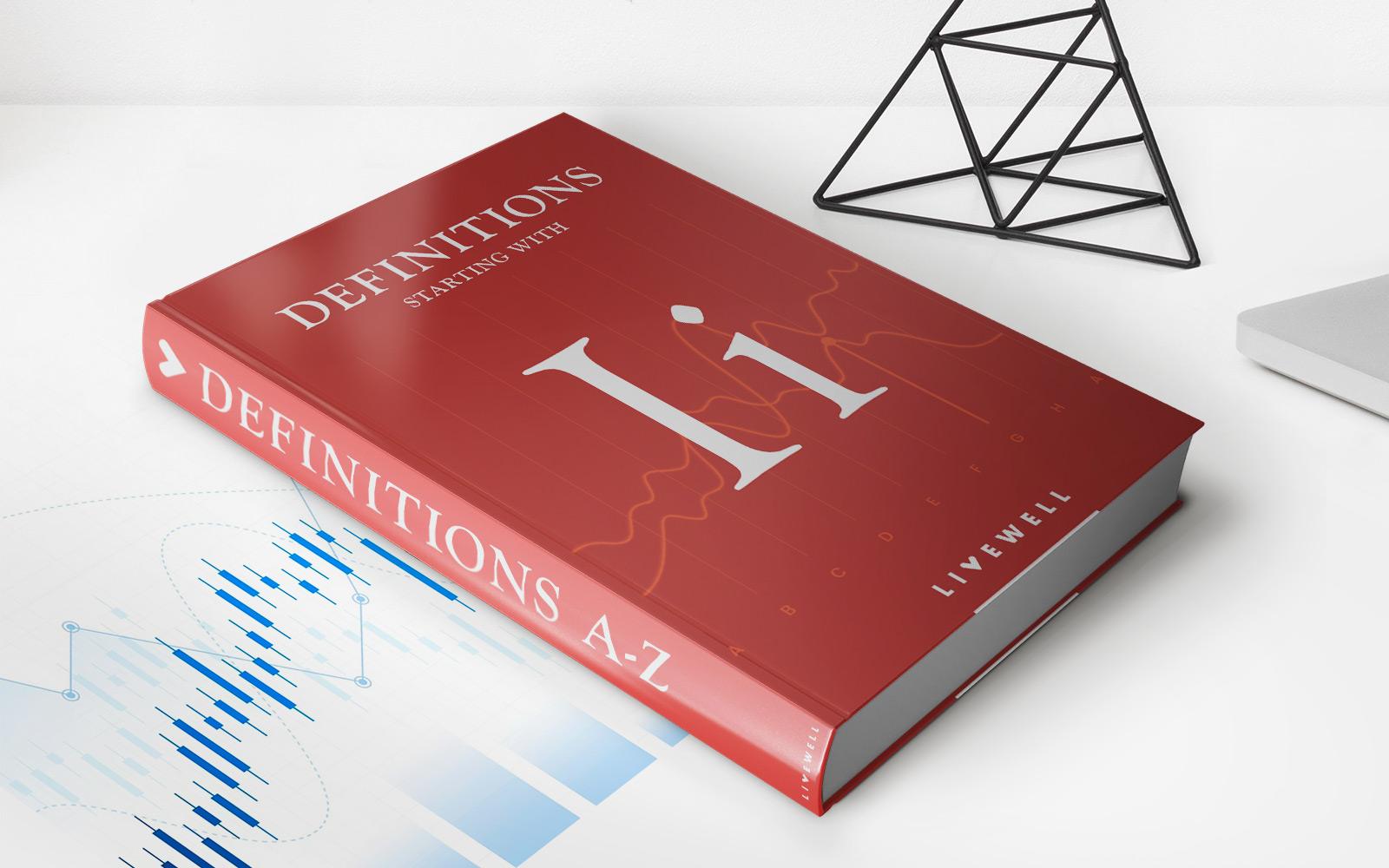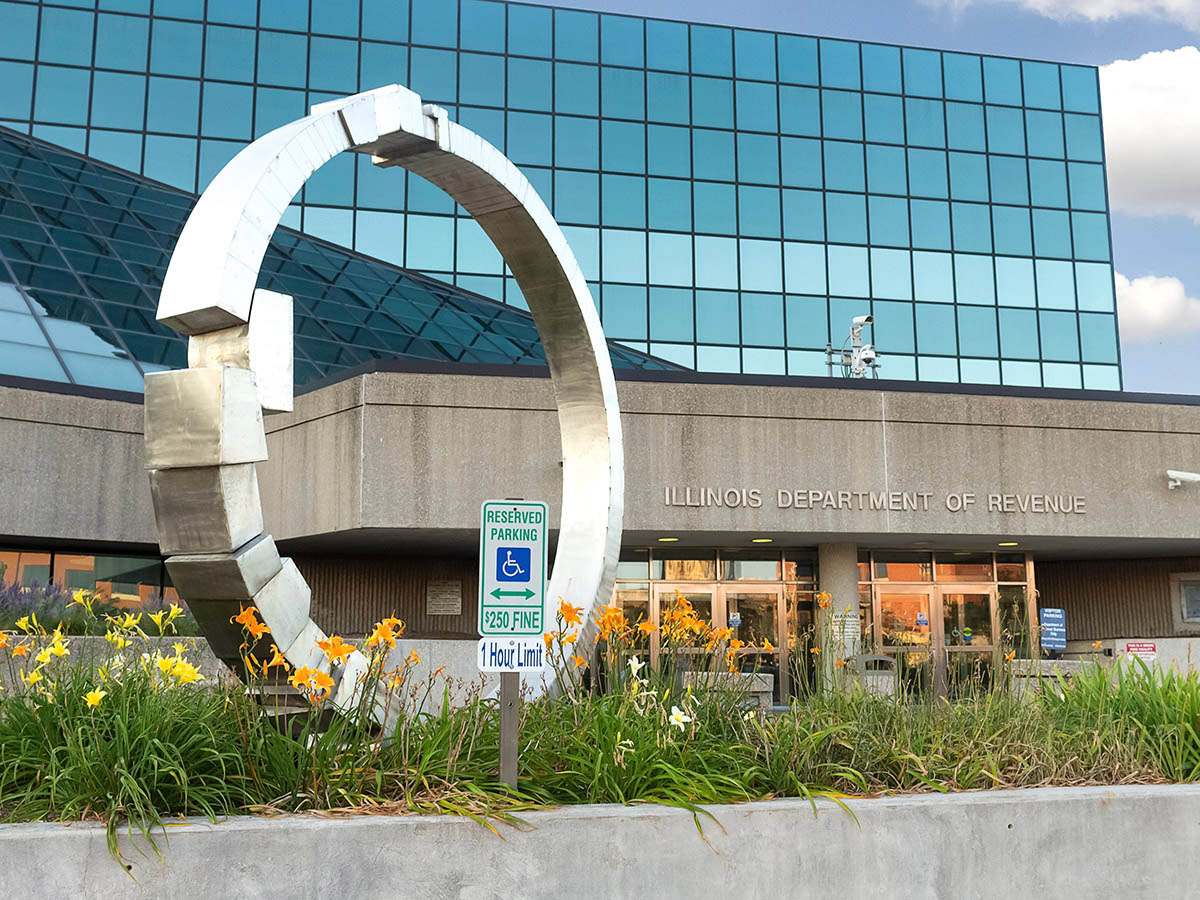

Finance
Where To Send The Illinois Tax Return
Published: October 29, 2023
Need help with your Illinois tax return? Discover where to send it and ensure your finances are in order with this comprehensive guide.
(Many of the links in this article redirect to a specific reviewed product. Your purchase of these products through affiliate links helps to generate commission for LiveWell, at no extra cost. Learn more)
Table of Contents
Introduction
Filing your taxes can be a daunting task, but it is a necessary step to ensure compliance with Illinois state tax regulations. Once you have completed the process of preparing your Illinois tax return, the next step is to send it to the appropriate authorities. In this article, we will guide you through the process of where to send your Illinois tax return, whether you choose to do it electronically or through traditional mail.
Understanding the filing process and knowing where to send your tax return is crucial to avoid any delays or penalties. It is also important to note that the specific filing requirements may vary depending on your individual circumstances, so it is advisable to consult with a tax professional or refer to the Illinois Department of Revenue’s official website for the most up-to-date information.
Whether you are a resident, non-resident, or part-year resident of Illinois, the filing process and the destination to send your tax return will largely remain the same. However, different options are available depending on your preferred method of filing and personal situation. In the following sections, we will explore these options in detail to help you make an informed decision.
Filing the Illinois Tax Return
Before we delve into where to send your Illinois tax return, let’s first understand the process of filing your tax return. In Illinois, the tax year follows the calendar year, meaning the tax return is due by April 15th of the following year.
There are several ways to file your Illinois tax return:
- Online Filing: The easiest and most convenient option is to file your tax return online. The Illinois Department of Revenue offers an online platform called MyTax Illinois where you can file your return electronically. This method allows for faster processing and reduces the risk of errors.
- Traditional Mail: If you prefer to file a paper return, you can download the necessary forms from the Illinois Department of Revenue’s website. You will need to fill out the forms, attach any required documentation, and mail them to the appropriate address.
- Private Tax Preparers: If you find the tax filing process overwhelming, you can seek the assistance of a private tax preparer. These professionals are trained to navigate the complexities of tax law and can ensure accuracy in your return. They will also be able to guide you on where to send your tax return.
- Tax Preparation Software: Another option to consider is using tax preparation software. Programs like TurboTax or H&R Block guide you through the filing process, automatically calculate your tax liability, and even offer the option to e-file your return.
Regardless of the method you choose, it is crucial to double-check your return for accuracy and ensure that all required documentation, such as W-2 forms and supporting schedules, are included.
Now that we have covered the various filing options, let’s move on to the next section to explore where exactly you should send your Illinois tax return.
Where to Send the Illinois Tax Return
Once you have completed your Illinois tax return, you need to know where to send it for processing. The mailing address will depend on whether you are filing a paper return or using electronic filing.
If you are filing a paper return, the address to send your Illinois tax return will vary depending on your specific circumstances:
- If you are a resident of Illinois, you will typically send your tax return to the Illinois Department of Revenue in Springfield. The address can be found on the official Illinois Department of Revenue website.
- If you are a non-resident of Illinois, but you have earned income from sources within the state, you will also send your tax return to the Illinois Department of Revenue in Springfield.
- If you are a part-year resident, meaning you moved into or out of Illinois during the tax year, you may have additional filing obligations. In this case, you will need to consult the Illinois Department of Revenue’s website or contact their offices for guidance on where to send your tax return.
It is crucial to use the correct mailing address for your specific situation to ensure proper processing of your tax return. Using the wrong address may result in delays or penalties.
If you choose to file your Illinois tax return electronically, you do not need to send a physical copy to the Illinois Department of Revenue. The electronic filing process eliminates the need for mailing and allows for faster processing of your return. However, it is important to keep a copy of your filed return and any associated documentation for your records.
Now that you have a clear understanding of where to send your Illinois tax return, let’s explore some additional resources and options available to you.
Illinois Department of Revenue Offices
If you have any questions or need assistance regarding your Illinois tax return, the Illinois Department of Revenue has various offices throughout the state where you can seek help. These offices provide in-person assistance and resources to help individuals and businesses navigate the tax filing process.
Here are some key Department of Revenue offices in Illinois:
- Springfield: The main office of the Illinois Department of Revenue is located in Springfield, the capital city of Illinois. This office serves as the headquarters for the department and handles a wide range of tax-related matters.
- Chicago: The Department of Revenue also has a presence in Chicago, the largest city in the state. This office provides services such as taxpayer assistance, tax return processing, and taxpayer education programs.
- Regional Offices: In addition to the main office in Springfield and the location in Chicago, the Illinois Department of Revenue has regional offices strategically located throughout the state. These offices offer services such as taxpayer assistance, tax preparation assistance, and help with business tax matters.
By visiting one of the Illinois Department of Revenue offices, you can receive personalized assistance, have your questions answered, and obtain resources to help you with your tax return. It is recommended to check the Department of Revenue’s website or contact the respective office beforehand to confirm their availability and schedule an appointment if needed.
While the Department of Revenue offices can provide valuable assistance, it is important to note that they may have limitations on the level of individualized support they can provide. For complex tax issues or specific legal advice, consulting a tax professional or licensed attorney may be necessary.
Now that we have covered the Department of Revenue offices, let’s explore some electronic filing options available for submitting your Illinois tax return.
Electronic Filing Options
Electronic filing, also known as e-filing, offers a quick, convenient, and secure way to submit your Illinois tax return. The Illinois Department of Revenue provides several electronic filing options to choose from:
- MyTax Illinois: MyTax Illinois is the official online platform provided by the Illinois Department of Revenue to file your tax return electronically. It offers a user-friendly interface and allows you to complete your tax return, calculate your tax liability, and submit it electronically. MyTax Illinois also provides options to make tax payments online, track the status of your return, and receive any refunds.
- Free File Alliance: The Free File Alliance is a partnership between the Internal Revenue Service (IRS) and leading tax software companies. It allows eligible taxpayers to access free online tax preparation and filing software. By visiting the Free File Alliance website and selecting a participating software provider, you can complete and submit your Illinois tax return electronically for free.
- Tax Preparation Software: Many commercial tax preparation software programs, such as TurboTax, H&R Block, and TaxAct, offer electronic filing options for Illinois tax returns. These software programs guide you through the tax preparation process, ensuring accurate calculations and helping you maximize deductions and credits. They also provide secure e-filing of your return, saving you time and effort.
Electronic filing offers several advantages compared to traditional paper filing. It eliminates the need for printing, postage, and mailing your tax return, reducing the chance of errors or delays. E-filing also allows for faster processing and quicker refunds, with most refunds being issued within a few weeks of submitting your return.
Before choosing an electronic filing option, it is important to review the eligibility requirements, fees (if any), and features offered by each platform. This will help you select the option that best suits your needs and ensures a smooth filing experience.
Now that we have explored electronic filing options, let’s discuss the alternative of using private tax return preparers.
Private Tax Return Preparers
If you find the process of preparing and filing your Illinois tax return overwhelming or complex, you have the option to seek assistance from private tax return preparers. These professionals specialize in tax law and can help ensure accuracy and compliance with Illinois tax regulations.
Working with a private tax return preparer offers several benefits:
- Expertise and Knowledge: Tax return preparers are experienced in navigating the complexities of tax law. They stay updated with the latest tax regulations and can help identify deductions, credits, and other tax benefits you may be eligible for.
- Time-Saving: By hiring a tax return preparer, you can save time and effort. They will handle the preparation and filing process on your behalf, allowing you to focus on other important aspects of your life.
- Audit Assistance: In the event of an audit or a question from the tax authority, a tax return preparer can provide guidance and represent you. They will help gather the necessary documentation and ensure compliance with any additional requirements.
When choosing a private tax return preparer, consider the following:
- Qualifications: Ensure that the preparer has the necessary qualifications, such as being a certified public accountant (CPA), enrolled agent (EA), or a tax attorney.
- Reputation and Reviews: Research the preparer’s reputation and read reviews from previous clients. You want to work with someone who is reliable, trustworthy, and has a track record of delivering quality service.
- Costs: Understand the fees charged by the tax return preparer and ensure they are transparent about their pricing structure. It’s important to clarify the costs upfront to avoid any surprises.
Private tax return preparers can guide you through the tax filing process, answer your questions, and provide peace of mind knowing that your return is accurate and compliant. They will also be able to advise you on where to send your tax return based on your specific circumstances.
Now that we have explored the option of private tax return preparers, let’s discuss the alternative of using tax preparation software.
Tax Preparation Software
If you prefer a do-it-yourself approach to filing your Illinois tax return, using tax preparation software can be a viable option. Tax preparation software programs, such as TurboTax, H&R Block, and TaxAct, offer intuitive interfaces and comprehensive tools to guide you through the tax filing process.
Here are some key advantages of using tax preparation software:
- User-Friendly Interface: Tax software is designed to simplify the tax preparation process. These programs provide step-by-step instructions, ask relevant questions, and offer explanations to help you understand and complete your tax return accurately.
- Automated Calculations: One of the key advantages of using tax software is that it performs automatic calculations for you. It will help you accurately calculate your tax liability, deductions, and credits, reducing the chance of errors.
- Tax Law Updates: Tax laws and regulations change frequently. Tax software is regularly updated to reflect the latest changes, ensuring that you are filing your return based on the most current information.
- E-Filing Option: Most tax software programs offer the option to electronically file your Illinois tax return. This ensures a faster and more efficient processing of your return, with the added advantage of receiving any refunds more quickly.
When choosing tax preparation software, consider the following factors:
- Features and Pricing: Compare the features offered by different software programs and determine which one suits your needs best. Also, consider the pricing structure, as some software programs offer different tiers or pricing options.
- User Reviews: Read reviews from other users to gauge their experiences with the software. Positive reviews can indicate a reliable and user-friendly program.
- Customer Support: Check if the software provider offers customer support options, such as live chat, phone support, or email assistance. This can be helpful if you have any questions or encounter issues while using the software.
With tax preparation software, you have control over the filing process, allowing you to work at your own pace and in the comfort of your own home. These programs provide a user-friendly and efficient way to complete your Illinois tax return accurately.
Now that we have explored tax preparation software, let’s conclude this article.
Conclusion
Filing your Illinois tax return is an important responsibility that requires careful attention to detail. Knowing where to send your tax return is crucial to ensure compliance and avoid penalties or unnecessary delays.
In this article, we discussed the various options available for filing your Illinois tax return and provided guidance on where to send it based on your specific circumstances. Whether you choose to file electronically through platforms like MyTax Illinois or tax preparation software, or prefer to file a paper return, it is essential to use the correct mailing address provided by the Illinois Department of Revenue.
We also explored additional resources, such as the Illinois Department of Revenue’s offices, where you can seek in-person assistance and guidance. These offices offer support and can help address any questions or concerns you may have regarding your tax return.
If you find the tax filing process overwhelming or complex, you can always seek assistance from private tax return preparers. These professionals have the expertise and knowledge to navigate the intricacies of tax law and ensure accuracy in your return.
Alternatively, tax preparation software provides a do-it-yourself approach, offering user-friendly interfaces, automated calculations, and the option to electronically file your tax return.
Remember, it is crucial to review your tax return for accuracy and include all necessary documentation before sending it. Keep copies of your filed returns and any supporting documents for your records.
Always consult with a tax professional or refer to the official Illinois Department of Revenue website for up-to-date information and specific guidance pertaining to your individual circumstances.
By understanding the filing process and knowing where to send your Illinois tax return, you can ensure a smooth and successful completion of your tax obligations.



